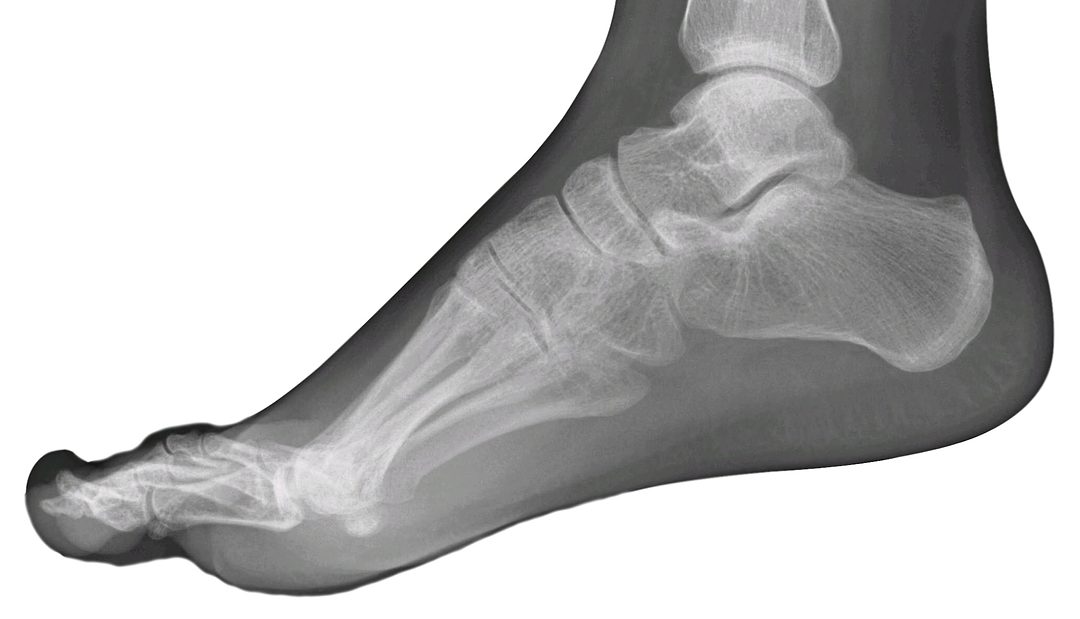American Farriers Journal
American Farriers Journal is the “hands-on” magazine for professional farriers, equine veterinarians and horse care product and service buyers.

With 26 bones, 33 joints and more than 100 ligaments, tendons and muscles, the human foot has a lot of places where things can go wrong.
Add in the daily stresses of farrier work, such as the anatomical pressures of contorted body positions, the additional weight of carrying and using heavy tools, working on concrete or uneven surfaces, and it’s no wonder a horseshoer’s own feet can ache at the end of a long day. But, it turns out the condition your feet are in literally starts with the shape of your feet.
“People that have problems usually do so because of their foot structure, such as high or low arches that make them prone to developing different foot issues. They’re things we have to work with because these are inherited traits that we can’t change,” says Nicole Freels of Lexington Podiatry in Lexington, Ky.
When it comes to the ideal shape, the podiatrist says a “neutral” foot is the thing to shoot for.
“That’s where something like an orthotic comes in — we want to compensate for what we’ve gotten from our parents, and then eliminate factors like side-to-side motion,” she says.
Even for “perfect” feet, other variables can affect overall foot health. Minor problems that are ignored can lead to referring or related problems over time.
“If you start with the basic foot structure, when you take that and look at what farriers do, you can see how conditions that go unattended or uncorrected…